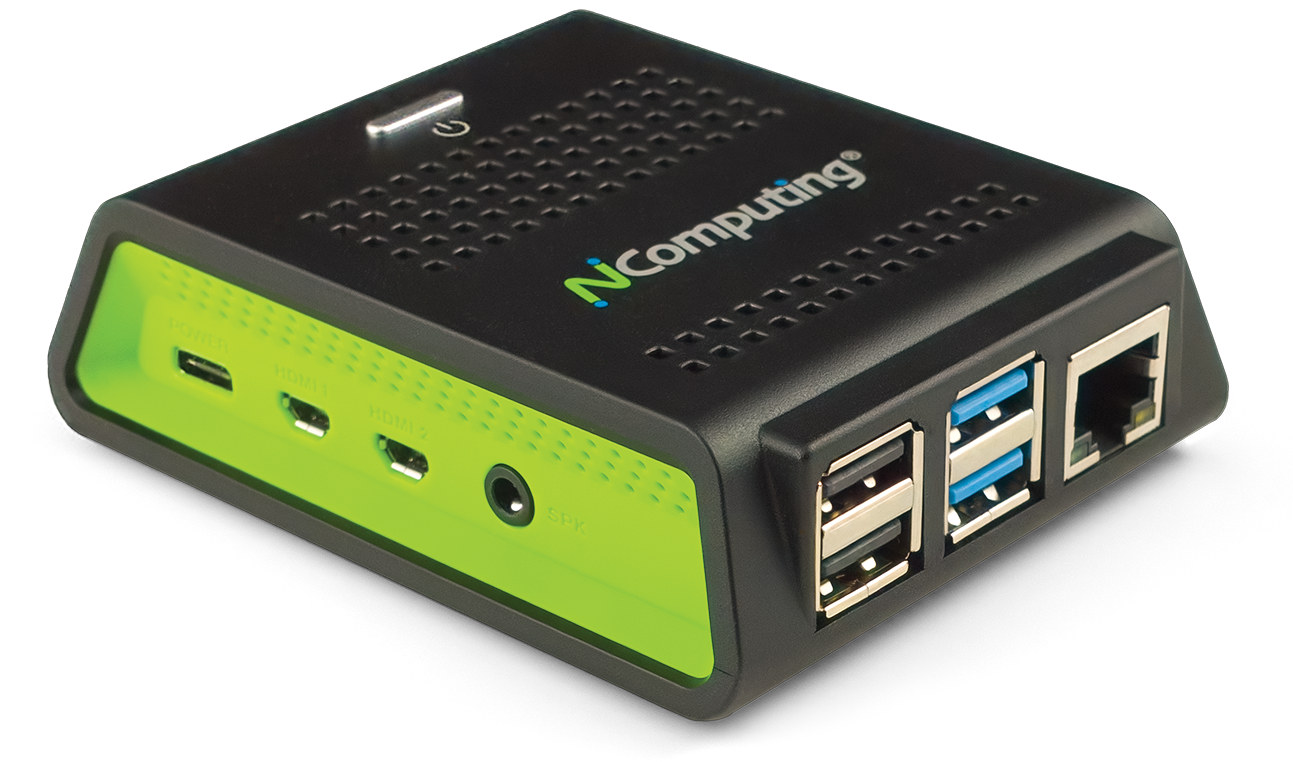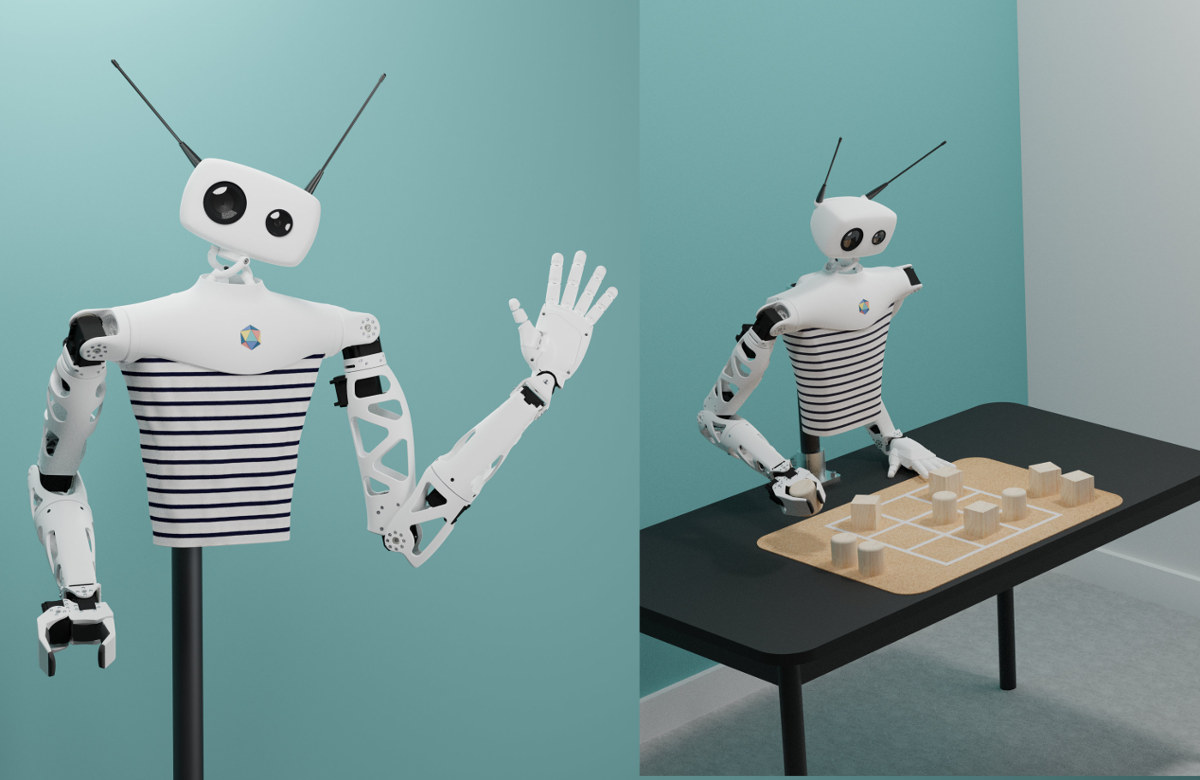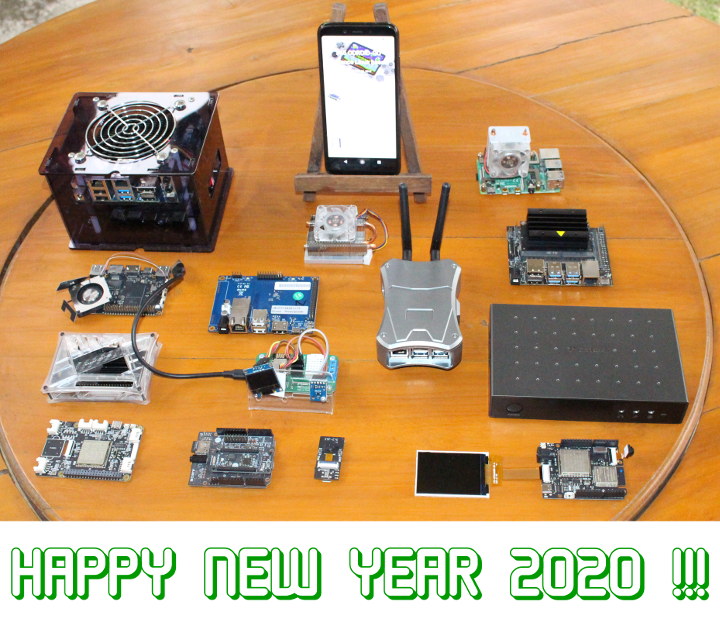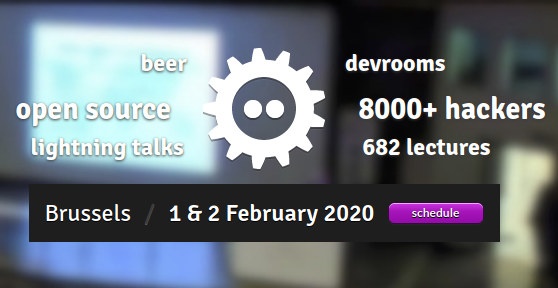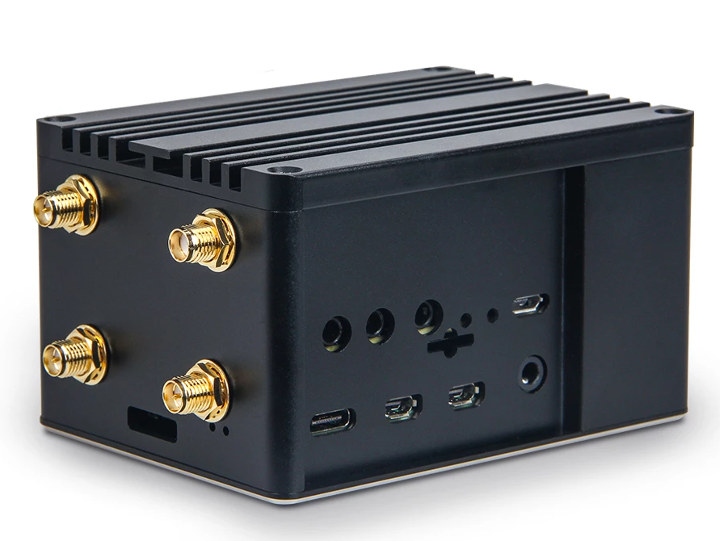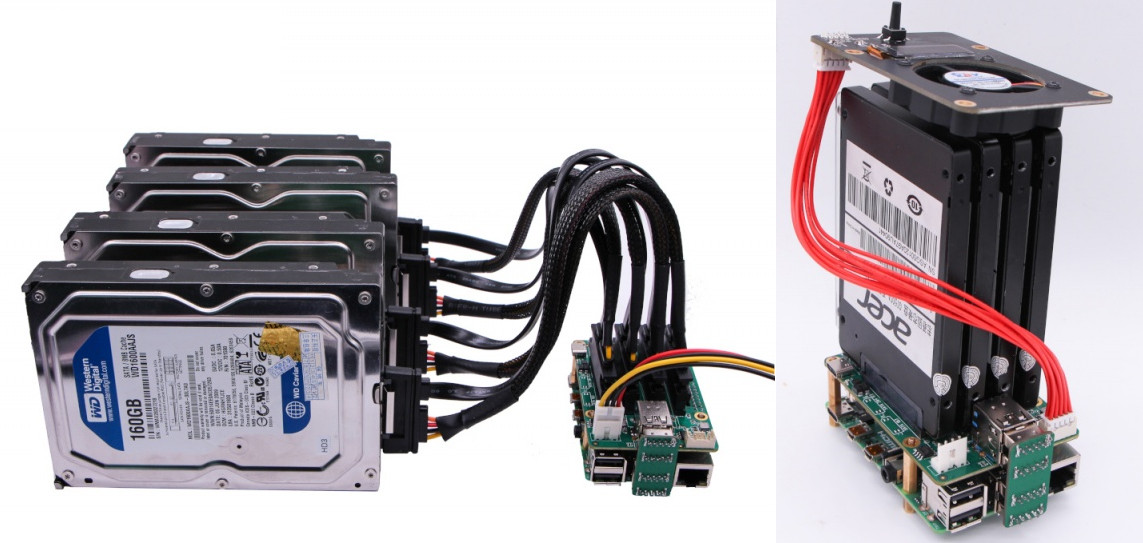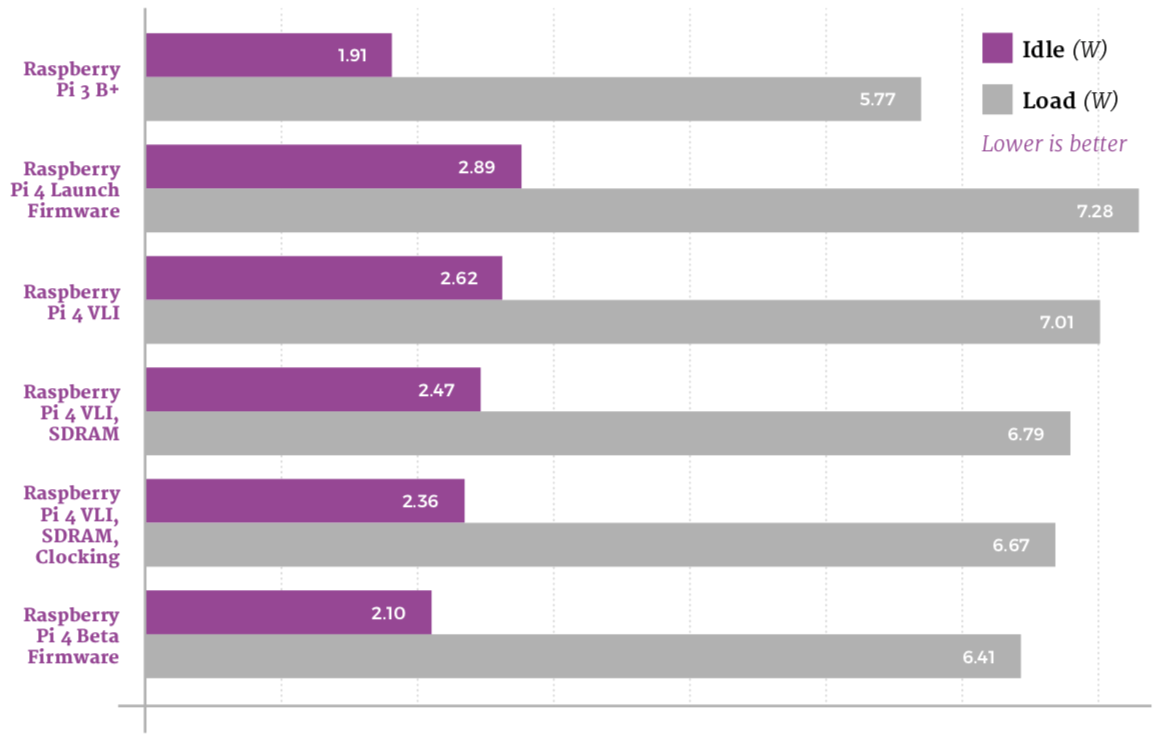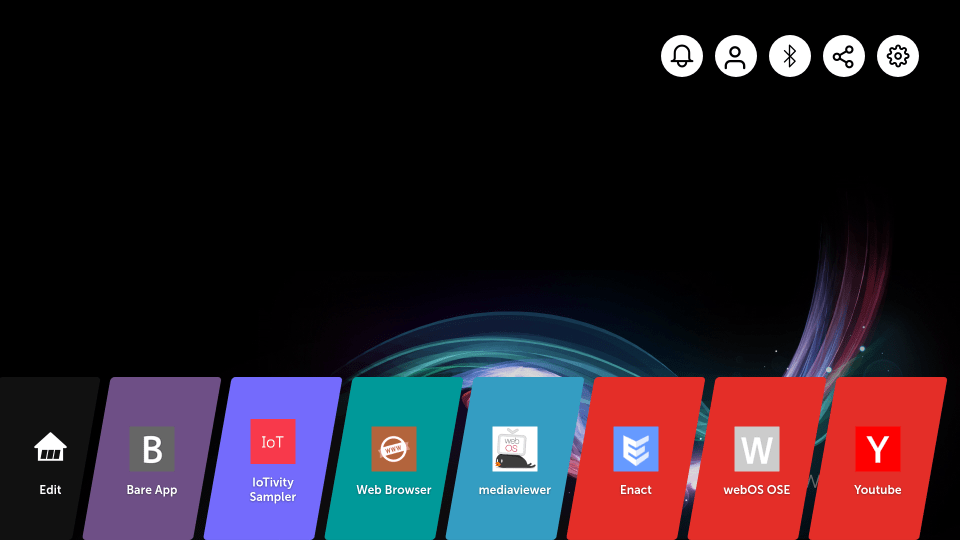NComputing RX300 Raspberry Pi 3 thin client was launched in 2017 with support for the company’ vSpace Pro desktop virtualization solution for Linux and Windows, and I tested it accessing a Windows Server 2006 host located in Singapore, and performance was pretty good for a remote system as I could play 1080p YouTube videos, browse multiple tabs in Chrome, etc.. relatively smoothly. This type of solution is aimed at businesses, for which it may be easier and cheaper to handle a fleet of devices using thin clients and servers, instead of traditional PC’s. Beside its vSpace Pro RX300 thin client, NComputing also introduced another Raspberry Pi 3 thin client that same year with RX-HDX using a design similar to RX300 but instead integrating support for Citrix HDX virtualization technology. NComputing now unveiled an update for the latter with RX420(HDX) thin client based on Raspberry Pi 4 SBC with 2GB RAM. […]
Raspberry Pi 4 Powered Open Source Hardware Robot Paves the Way for Robot Maids
Eventually, we all expect robots to do chores and other manual tasks performed by humans such as preparing and serving food at restaurants, carry objects over rough terrain as opposed to just inside the warehouse with a flat floor, or even moves pieces on a chessboard when other humans are no here to play with us. I’m fully expecting to eventually own a robot maid of sorts to wash dishes, mop the floors, and perform other tasks on my behalf. We are not there yet, but Raspberry Pi 4 powered Pollen Robotics’ Reachy open source-hardware robot is getting us closer to the goal as it can handle small objects and via two robotic arms and a dual-camera head, and can also interact with humans using a microphone and a speaker. Key features and specifications of Reachy robot: Main body SBC – Raspberry Pi 4 SBC with 2GB according to a […]
Year 2019 in Review – Top 10 Posts and Stats
2019 is closing to an end, or you may already be into 2020 while reading this post. In any case, that means it’s time to look back at 2019 and look forward to the events and new products to take place next year. While 2018 was a boring year for new processors, 2019 brought us some interesting new chips such as Amlogic S922X / A311D, or the first Arm Cortex-A55 only processors such as Amlogic S905X3. Rockchip RK3399Pro was promising when it was announced last year, but it never really took off. It was a pretty quiet year for Allwinner as well. RISC-V architecture has been ramping up with the first general-purpose RISC-V MCU: GD32V, WCH CH572 Bluetooth LE MCU, the launch of more SiFive RISC-V cores, and Kendryte K210 RISC-V AI processor announced last year has found its way into more and more boards. There have also been the […]
Some Interesting Talks from FOSDEM 2020 Schedule
We wrote about IoT devroom call for proposals for FOSDEM 2020 a little while ago, and as the free open-source developer meetup is getting closer, FOSDEM 2020 organizers released the schedule. So I’ll look at some of the talks in the relevant devrooms such as the Internet of Things, hardware enablement, Embedded, Mobile and Automotive, as well as RISC-V and others to compose my own little virtual schedule for the 2-day event. Saturday, February 1 10:30 – 10:50 – How lowRISC made its Ibex RISC-V CPU core faster – Using open source tools to improve an open-source core – by Greg Chadwick Ibex implements RISC-V 32-bit I/E MC M-Mode, U-Mode, and PMP. It uses an in-order 2 stage pipe and is best suited for area and power-sensitive rather than high-performance applications. However, there is scope for meaningful performance gains without major impact to power or area. This talk describes work […]
RAK7244 LoRaWAN Developer Gateway Combines Raspberry Pi 4 with LoRa HAT, Optional 4G LTE Connectivity
After launching RAK831 Lite LoRaWAN gateway based on Raspberry Pi 3 board in 2018, RAK Wireless introduced Pilot Gateway Pro RAK7243 gateway with the more recent Raspberry Pi 3B+ SBC earlier this year. But with the launch of Raspberry Pi 4 last June, the Raspberry Pi 3B+ has become much harder to procure, so RAK has now launched an updated LoRa gateway featuring Raspberry Pi 4 SBC together with the company’s RAK2245 Pi Hat Edition LoRaWAN gateway concentrator module. RAK7244 LoRaWAN Developer Gateway specifications: SBC – Raspberry Pi 4 Model B with 2GB RAM Connectivity LoRa RAK2245 Pi Hat LoRaWAN gateway concentrator module with 1x SX1301 baseband processor, 2x SX125x Tx/Rx front-ends LoRaWAN v1.0.2 support Support for 8 channels and spreading factors SF7 to SF12 Bands – 433MHz, 470MHz, 865MHz, 868MHz, 915MHz, 920MHz, 923MHz Tx Power: 27 dBm Max RX Sensitivity: -139dBm Cellular – Optional 4G LTE support via RAK2013 […]
ROCK Pi SATA HAT Targets ROCK Pi 4 & Raspberry Pi 4 NAS
Radxa ROCK Pi 4 is a single board computer (SBC) powered by Rockchip RK3399 hexa-core processor and inspired by Raspberry Pi 3 Model B+. The company has now designed ROCK Pi SATA HAT expansion board to design 4-bay NAS based on Raspberry Pi 4 and ROCK Pi 4. There are 3 models with support for 2, 4 or 5 drives: Dual/Quad SATA HAT connected over two USB 3.0 ports and working with both boards Penta SATA HAT connected over PCIe and compatible with ROCK Pi 4 only ROCK Pi Dual/Quad SATA HAT Specifications: 2x or 4x SATA connectors supporting 2.5″ or/and 3.5″ HDD/SSD 2x USB 3.0 port to connect to RPi 4 via one or two JMS561 USB to SATA controllers Storage Features – HDD suspend mode, UASP, software RAID 0/1/5 Misc Fan and heatsink header for Raspberry Pi 4 CPU cooling Optional PWM control fan for HDD heat dispatching […]
Run Raspberry Pi 4 Cooler with a New Firmware & One Easy Trick
Raspberry Pi 4 launched last June with a lot of buzz as it offered much better performance, more memory, and faster I/Os compared to Raspberry Pi 3 model B+. Benchmarks confirmed the improved performance but also revealed a heatsink was necessary to ensure optimal performance under heavy loads. Some companies also launched an oversized heatsink+fan combo for the board, but it’s really over the top and absolutely not necessary unless possibly in higher room temperature (50°C?). The Raspberry Pi Foundation also worked on improving the video to lower CPU temperature and power consumption, and a few days later released a beta version of VLI firmware that dropped the temperature by 3 to 5°C. Good effort but sadly the updated VLI firmware (used for the PCIe to USB controller) also had the side-effect of much slower USB performance. A new VLI firmware was released in September offering both a lower temperature […]
webOS OSE 2.0 Adds Support for Rapsberry Pi 4, Dual Displays, FOTA and More
Back in March 2018, LG unveiled webOS Open Source Edition optimized for Raspberry Pi 3 board. Last month, the company released a major version with webOS OSE 2.0 adding support for Raspberry Pi 4, dual displays, FOTA support and more. We missed the release at the time but caught up as LG just released a minor update with webOS OSE 2.1 a few days ago that adds a Japanese keyboard, uses journald, and provides various fixes and improvements. Some of the new features of webOS OSE 2.x include: Dual-display support which will eventually enable multi-display support for rear-seat entertainment (RSE) systems Firmware-Over-the Air (FOTA) Smack integration for enhanced security New passenger-friendly and touch input optimized Home Launcher as shown above WiFi tethering support via SoftAP Added support Raspberry Pi 4 (new reference hardware) Upgrade to Qt 5.12 and Chromium 72 webOS is generally known as an operating system for televisions, […]


